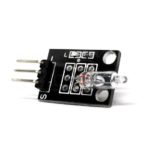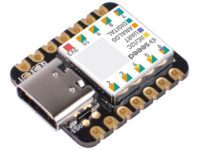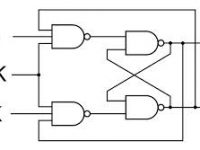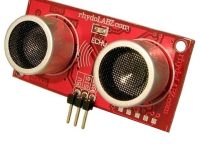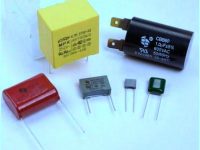Electromagnetic Relay
Contents
A relay is an electromagnetic switch used to switch High Voltage or Current using low power circuits. For example, we can use it for controlling home appliances with a normal low voltage electronic circuit. Electromagnetic relays uses an electromagnet to operate a switching mechanism mechanically. It also provides isolation between low power circuit and high power circuits.

The construction and working of a relay can be understood from the above diagram. The main part of a relay is the electromagnet. The electromagnet is made by a coil of wire wrapped around a soft iron core which provides low reluctance path for magnetic flux. It also consists of a movable iron armature and one or more set of contacts. These are held in a position by a spring as shown in the above diagram.
Normally a SPDT relay has 5 terminals. Two them are used to energies the electromagnet and other three are COM, NO, NC. COM stands for Common, NO stands for Normally Open and NC stands for Normally Closed. When the electromagnet is not energized, the armature will be connected to NC contact. Thus COM and NC will be connected. When the electromagnet is energized, the electromagnet attracts the iron armature and it will be connected to NO contact. Thus COM and NO will be connected.
Symbol of Relay

Specifications of Relay
You must consider different parameters before selecting a Relay to ensure safety and life time. The main parameters are…
- Coil Ratings
- Contact Ratings
- Change Over Time
- Enclosure and Mounting
Coil Ratings
For DC operated relays electromagnet excitation voltage and coil resistance are specified while for AC operated relays AC Voltage and VA ratings are specified.
Contact Ratings
The commonly used contact ratings are the maximum voltage and current it can handle continuously.
Change Over Time
It is also known as Operation Time. Turn – ON (Switch – ON) time is the time required for the relay to make ON contact after energizing the electromagnet and Turn – OFF (Switch – OFF) time is the time required to make OFF contact after de-energizing the relay. In some applications such as UPS these times are critical.
Enclosure and Mounting
Relays are available in enclosure and in open execution. If the relays are used in cabinet of a device, then you may use open execution type. However if there is a possibility of dust gathering in to electrical contacts, it is better to use enclosed type relays. There is also a possibility of sparks in contacts, thus in hazardous environments properly enclosed relay must be selected.




